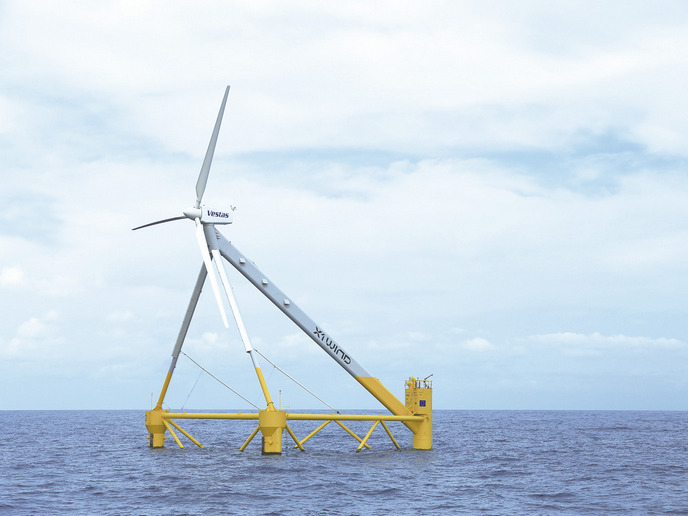Harnessing wave power for renewable energy
Conventional materials and methods used to meet our enormous energy demands are becoming increasingly expensive and detrimental to the environment. The search for renewable energy sources to replace these has become a cornerstone of most energy programmes. The 'Development and validation of technical and economic feasibility of a multi MW Wave Dragon offshore wave energy converter' (Wave Dragon MW) project set out to bring a prototype multi-wave (MW) converter device to full-scale operation. The full-scale model could then be tested and evaluated regarding technical characteristics and economic feasibility. The researchers started with the Wave dragon, the largest wave converter available. Because of its large size, it could potentially act as a floating base for MW wind turbines and thus enhance annual power output at a minimal cost. The investigators validated the soundness of the Wave dragon's design and its readiness to be upscaled. Thus, they focused on improvements in the design of Wave dragon associated processes and structures. Efforts in this direction included manufacture of the Wave dragon on a floating barge, reduction of wave, current and wind forces on the Wave dragon and techniques to scale-up the power system. Wave Dragon MW also worked to upscale operational and maintenance schemes and identify needs for redundancy in the monitoring system. Project members conducted an environmental impact assessment (EIA) that demonstrated minimal impact on the physical, biological or human environment. It was found that the potential impact on marine seabed habitat due to cable installation could be minimised via careful selection of installation sites. In summary, significant progress was made toward production and assembly of a full-scale operational offshore device to harness the energy of waves. The Wave Dragon MW project has the potential to make a significant contribution to our search for commercially viable renewable energy sources. Advances in this area will not only enhance Europe's competitiveness in this growing market but aid the region in easing its dependence on foreign oil.







